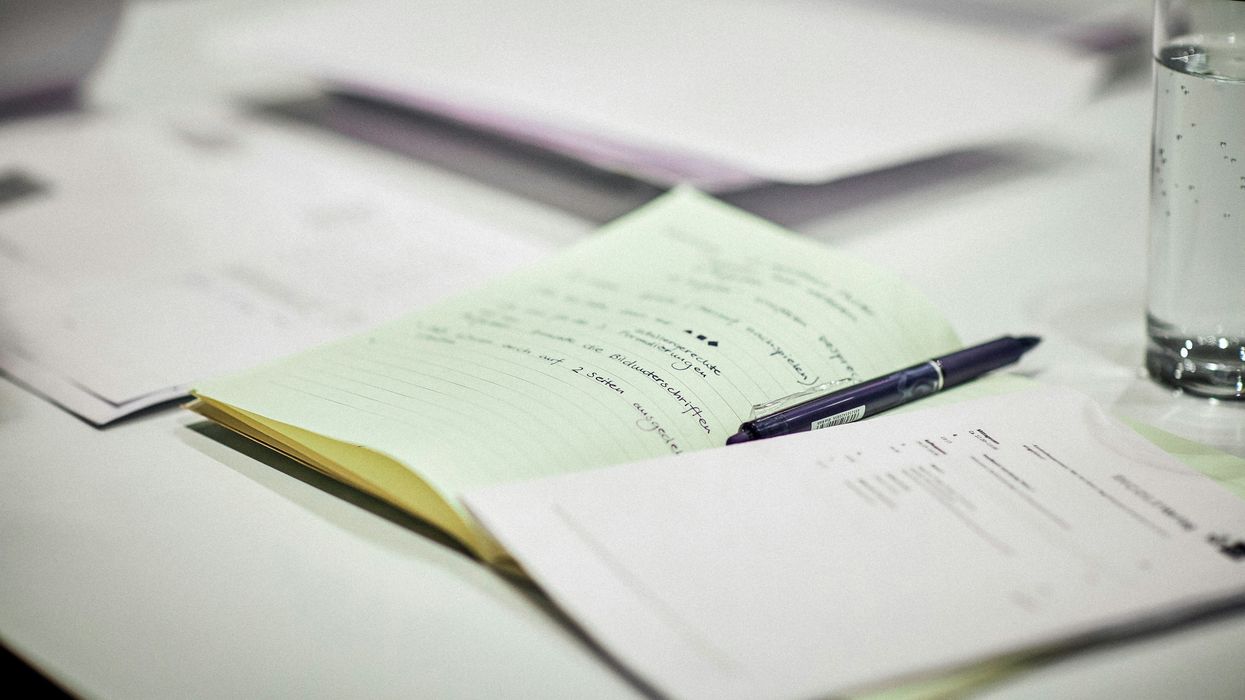A 2ft 10in mom was warned by doctors that having a baby could “crush her from the inside out." But, she has defied the odds to welcome a son with her 6ft 1in husband.
After being born with 150 fractured bones, Trisha Taylor, was diagnosed with osteogenesis imperfecta (OI), a condition caused by a genetic mutation that affects the production of collagen and means bones are brittle and easily breakable.
From a young age, she has refused to be held back, working tirelessly to build her strength so that she could move her wheelchair and get out of bed independently.
She met and married her husband Michael, but as her bones are so fragile that a simple cough or sneeze can fracture them, she was warned against having a child.
But, after two heartbreaking miscarriages she managed to carry her son Maven. And is now a healthy, thriving four-year-old.
“When I told my doctor I'd come off birth control, he sat me down and warned me against falling pregnant," she said.

“I remember the word 'could' was thrown around a lot – 'You could die, the baby could die…' But I don't have time for 'could' and after a lot of hard work, I welcomed my perfect baby boy," she continued.
“To this day people still can't believe I gave birth to him. They ask if Maven's my baby and I always tell them – very proudly -'Yes, he grew in my belly.'"

Trisha has been a determined character all her life. Born on August 3, 1989, an X-ray revealed that she had fractured 150 of her bones.
Shortly after that she was diagnosed with OI via a blood test designed to detect the specific genetic mutations associated with the condition.
According to the NHS, the primary feature of the condition is that it causes bones to fracture with minimal impact. But, other symptoms include hypermobile joints, shortened height, problems with teeth formation, joint pain and hearing issues.

As her bones are too weak to support her frame, Trisha has been using a wheelchair since she was two-and-a-half.
“I've never known anything else, so for me being in a wheelchair is completely normal," she said.
“Growing up in a small town, I had pretty much the same classmates throughout junior and secondary school, so it was completely normal for them too. I wasn't raised as disabled and no one in my school saw me as disabled."
“If a new kid started, sometimes they would try to pick on me, but my peers looked out for me."

Although she was never treated differently by her friends or family, Trisha's everyday life involved huge challenges.
Sustaining a fracture at least once a month, her bones were so brittle that even breathing put too much of a strain on her ribcage, meaning that, from birth, she had to be hooked up to an oxygen machine 24 hours a day.
“My lungs couldn't physically breathe in and out on their own," she said.

“With every cough or sneeze, I risked fracturing a bone. Just lying down in the wrong position could cause a break," she continued.
Trisha began a new treatment when she was just 12, which saw her go to hospital for three days every three months, where she was administered pamidronate, a drug that reduces bone breakdown.
“It was a relatively new treatment at the time and my mum was offered the chance to put me on it," she said.

Describing how the treatment, which was spread over five years, transformed her life.
“It was amazing feeling the strength start to build in my bones," she said.
“After six months I started being able to lift myself up unassisted."
But it was a long journey.
“When I was 13, I asked my parents if I could try getting out of bed on my own, but I think they were too scared. They didn't want me to rush," she said.
“Instead, I got a couple of my friends to come round and help. We locked ourselves in the bedroom and they helped me get out of bed on my own. We kept practicing and practicing until I was able to do it – it must have taken half a day."

“I remember showing my parents the next morning. They were shocked, but proud," she continued.
The treatment also meant that Trisha became strong enough to breathe on her own, and now only uses her oxygen tank while sleeping.
And by the time she was 17, she was able to perform a whole host of tasks which enabled her to live independently.

A year later, she landed a place at the College of South Idaho studying social work.
And it was there that she met her future husband, Michael, who was studying teaching.
“Michael and I lived in the same student halls, and for months my friend kept pointing him out," she said.

“She was forever whispering in my ear telling me how great and cute he was. We started hanging out as a three, but he seemed to want to hang out just us two," she continued.
“We almost became a couple by accident, spending a lot of time on our own and visiting each other's family. Six months in, I decided enough was enough, so I texted him and said, 'Look are we dating or not?'"
And she made him work for it.
“I knew he was interested in me, but I wasn't going to start treating him like a boyfriend unless he made it official – so he did," she said.
“He was my first serious boyfriend. I'd tried dating men in the past but they were uncomfortable with my condition."

“They would make assumptions about me – that we couldn't get married or have kids," she said.
“Michael was completely different though. We talked about having children and he said that wasn't a deal breaker for him."
From there, the pair became an official item in June 2008, moving in together just three months later.
“Technically we were already living together in halls when we met," Trisha laughed. “It didn't seem that big a deal getting our own place."
In May 2009, the sweethearts got engaged during their final year.
“Michael took me out on a horse and carriage," Trisha recalled. “It was very romantic, but more than anything, it was a surprise."

“It took so long to get him to make it official, I thought we'd never get married. But less than a year of dating, and he'd put a ring on it," she said.
After tying the knot in a country garden, on June 18, 2011, Trisha and Michael soon settled into married life.
“No one has ever intentionally been rude about us, but people – be it strangers or friends – will ask personal questions about us," she continued.
“They're mainly interested in our sex life and how it works. Just because I'm disabled it doesn't mean I have to answer that question – it's rude."
“People will do a double take, but I'm not afraid to call them out and engage in a conversation with them."

“I'm all about educating people and raising awareness. Either you're on my team or I don't care what you think," she said.
In 2014, after three years of marriage, Trisha made the decision to stop taking birth control and begin trying for a baby.
However, she was warned by doctors that pregnancy could be dangerous, due to the extreme pressure a growing fetus would put on her bones.
According to a paper published in Journal of Perinatology and National Library of Medicine, pregnancies complicated by OI can pose increased risks to both mother and baby.
“My doctor warned me that by baby could physically break my bones as he grew – crushing me from the inside out," she said.
“I told him I wanted specific examples and what he thinks would happen, not what could."

“In the end, nothing was guaranteed either way so I went home and started trying. I wanted to be a mum bad enough that nothing else factored in. It was my decision and no one was going to stop me – not even Michael," she continued.
In May 2014, Trisha was overjoyed to discover she was expecting.
“I was late for my period and suffering with nausea. I was in the bathroom and when I saw the test was positive, I started crying, I was so excited," she said.
“I told Michael and he gave me a hug but was very quiet. I could tell he was worried about me, but two days later he was talking baby names," she continued.
Sadly, just three weeks later, Trisha had a miscarriage.
“I started bleeding heavily, and knew what it was," she recalled. “We went to our local hospital and they confirmed I'd lost the baby."
In April 2015, Trisha was cautiously optimistic when she fell pregnant for a second time.
But once again, her joy was short-lived as she experienced another miscarriage.
“I'm not sure if it was related to my OI – doctors never did any testing," she continued. “They said if I miscarried for a third time, they'd look into it further."

After discovering she was expecting for a third time in August 2016, Trisha was given a scan every two weeks for the first two trimesters to monitor her progress.
And to her relief, her pregnancy progressed well.
“The consultant throughout the pregnancy was much more supportive than the initial doctor," Trisha said.
“We took each day as it came and no special measures were put in place. Something felt different this time. I was a lot calmer. Doctors told me I would have a caesarean to deliver the baby."
“There was no way my body could take a natural birth. But apart from that, it was like any other pregnancy," she said.
On March 2016, Trisha delivered Marven.
“During the pregnancy we were concerned that Maven might inherit OI, but an ultrasound at 18 weeks revealed he was growing at a healthy rate," she said.
“Then when he was born, doctors confirmed he didn't have it."
After three weeks in hospital recovering from an infection, and thankfully with no broken bones, she was sent home to start her new life as a mom.
“I remember the midwife saying to me before I left, 'Whatever you have to do to look after your baby – you'll do it'," Trisha said.

“And she was completely right – you just figure out a way to do it," she said.
“I can't just jump out of bed and run to Maven whenever he's crying, and I think he learnt that pretty quickly. He's been such an easy child and he still is."
“Getting him in and out of the car seat was something I could never do successfully."
But, it takes a village.
“After eight months I realised I couldn't do it myself," she said. “I had to learn to ask other people. Michael would put him in the car and I'd have someone to meet me. If he's out about in the park and climbs too high, I'm not afraid to ask a stranger for help."

“I always say it takes a village to raise a child," she continued.
As he does not have OI, Maven was taller than his mom by the time he was two, but Trisha is not fazed by this, and remains prouder than ever of her miracle boy.
“For me, the height is not a big deal," she said. “If anything, I see it as a good sign – it means he's healthy and growing well. Michael is 6ft 1in, of course I knew Maven was going to be big."
Having been documenting her journey on social media, Trisha has grown a large following, prompting her to launch her own blog which aims to empower other women.
"I knew I wanted to help people, so I set up the blog so people could have access to the information. I hope to inspire all mums – regardless of whether they have a disability – that they can achieve their dreams," she said.
The Osteogenesis Imperfecta Foundation recommends that women with OI who are considering starting a family should consult a doctor first.

“It may be difficult to find a doctor with experience treating women with OI, or managing pregnancies in which the fetus has OI," a spokesperson said.
“In general, it is recommended that women with OI who are pregnant or considering becoming pregnant consult an experienced obstetrician/gynecologist."
“Patient advocacy groups like the OI Foundation (US) and Brittle Bones Society (UK) can help connect individuals with medical professionals who have experience treating OI."
To follow Trisha's blog, visit www.andshedid.org




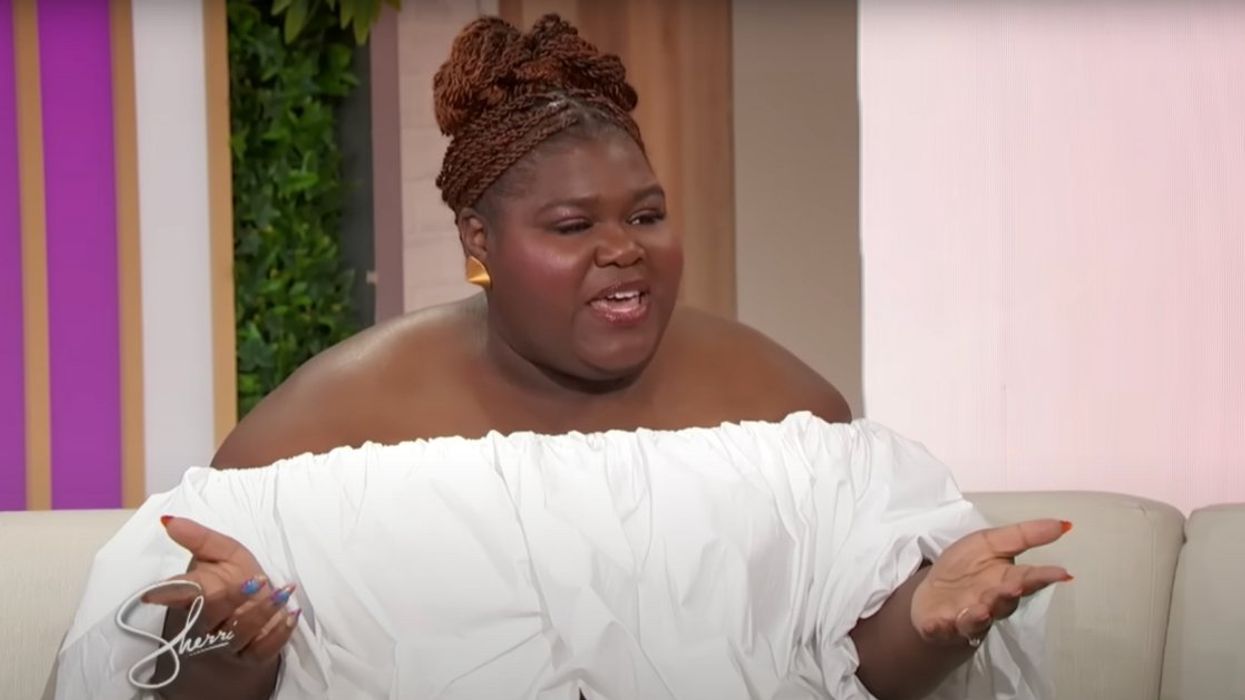


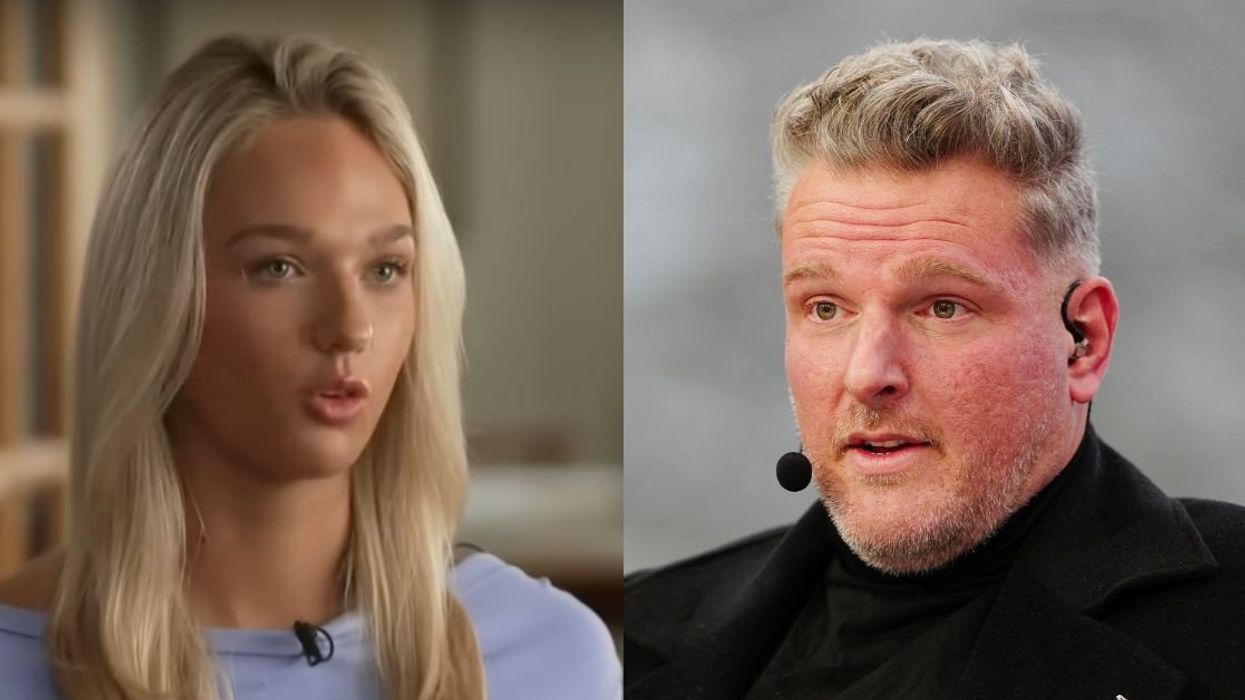
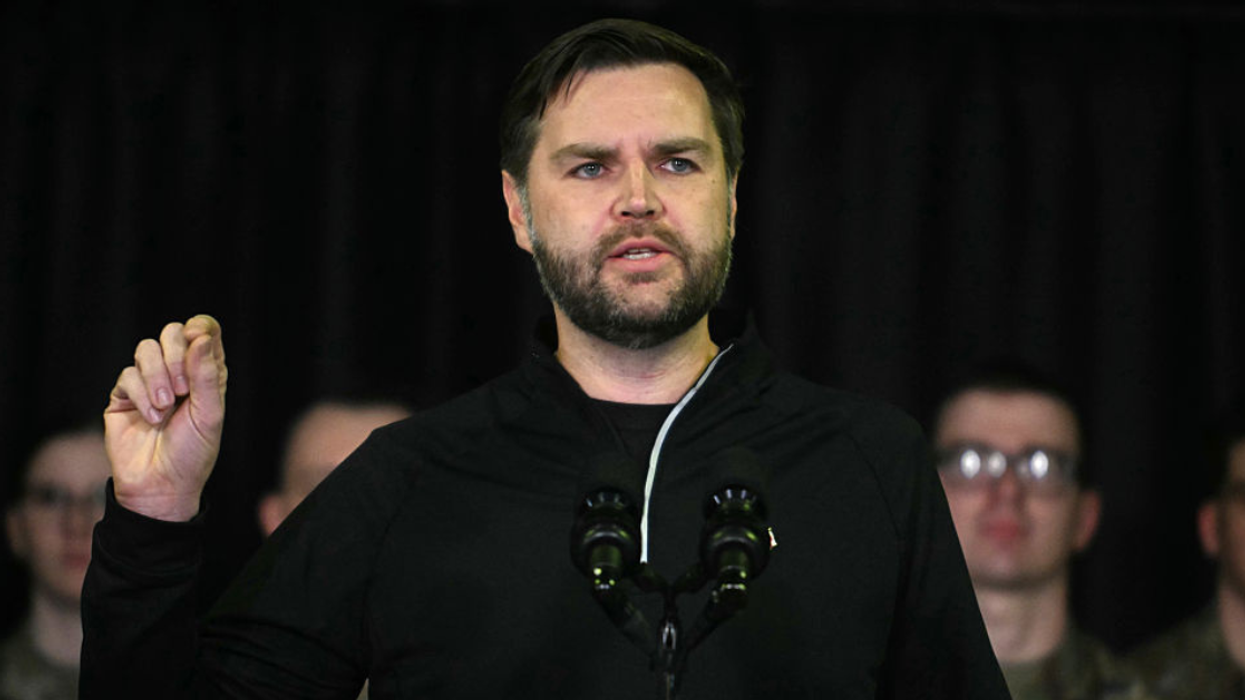


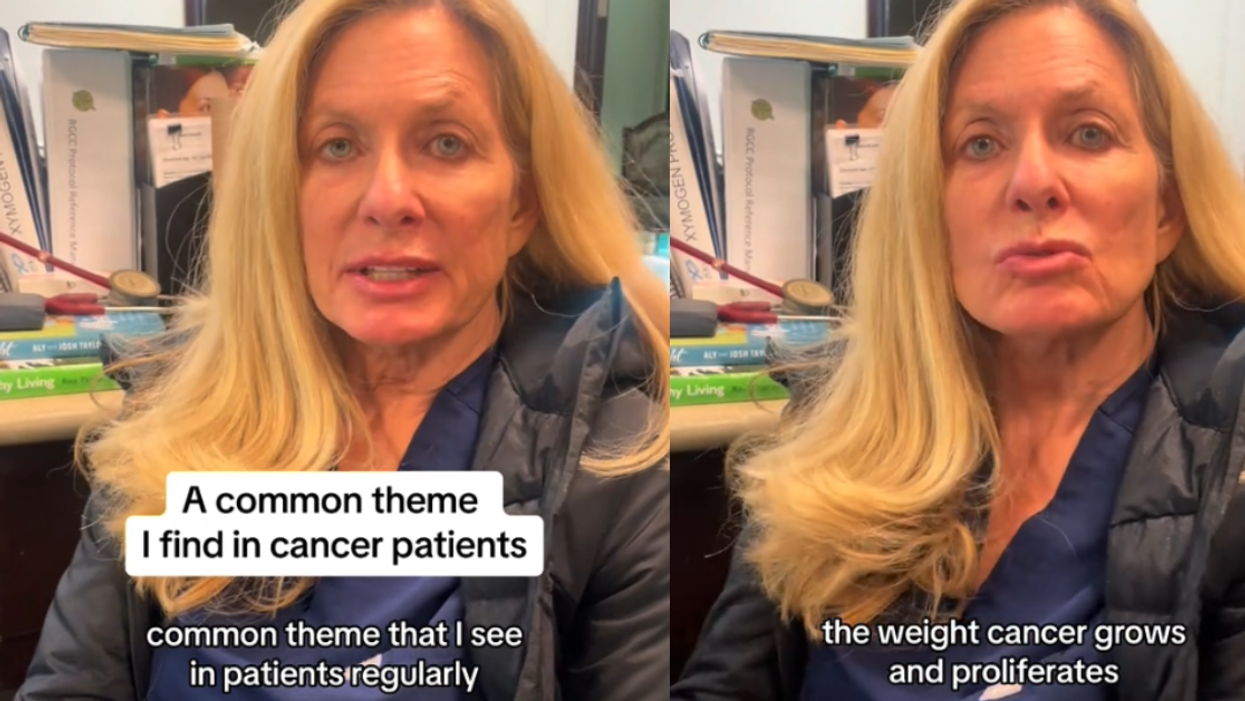
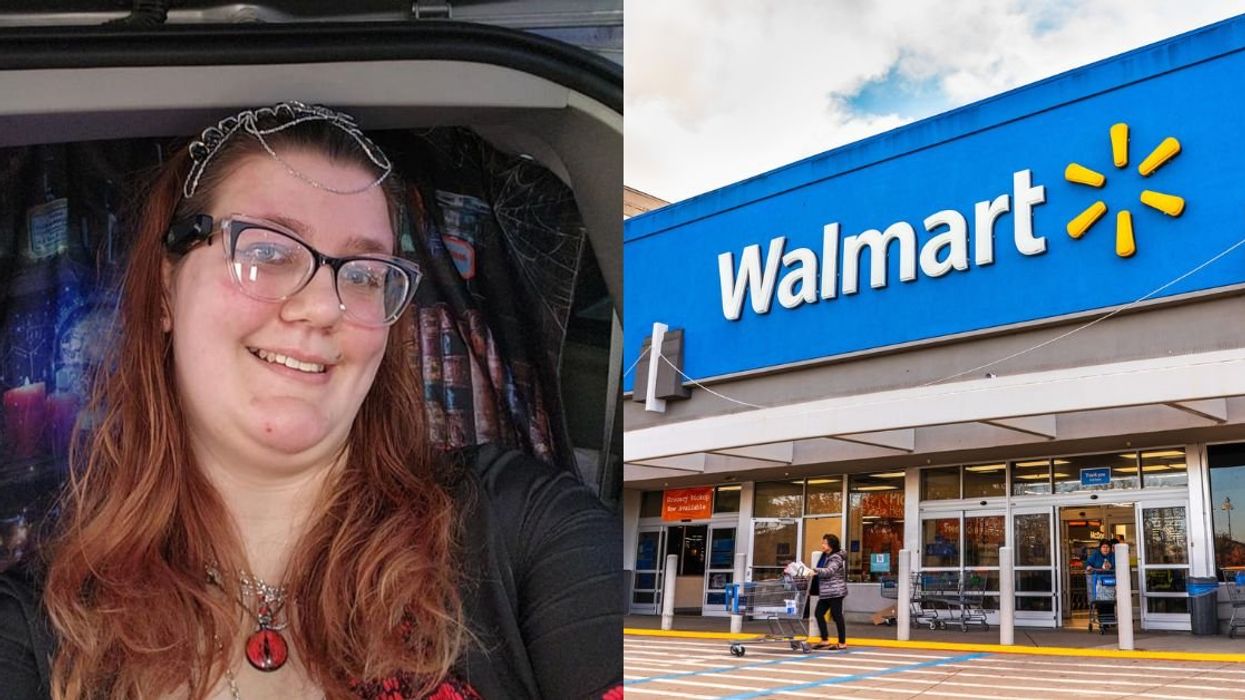

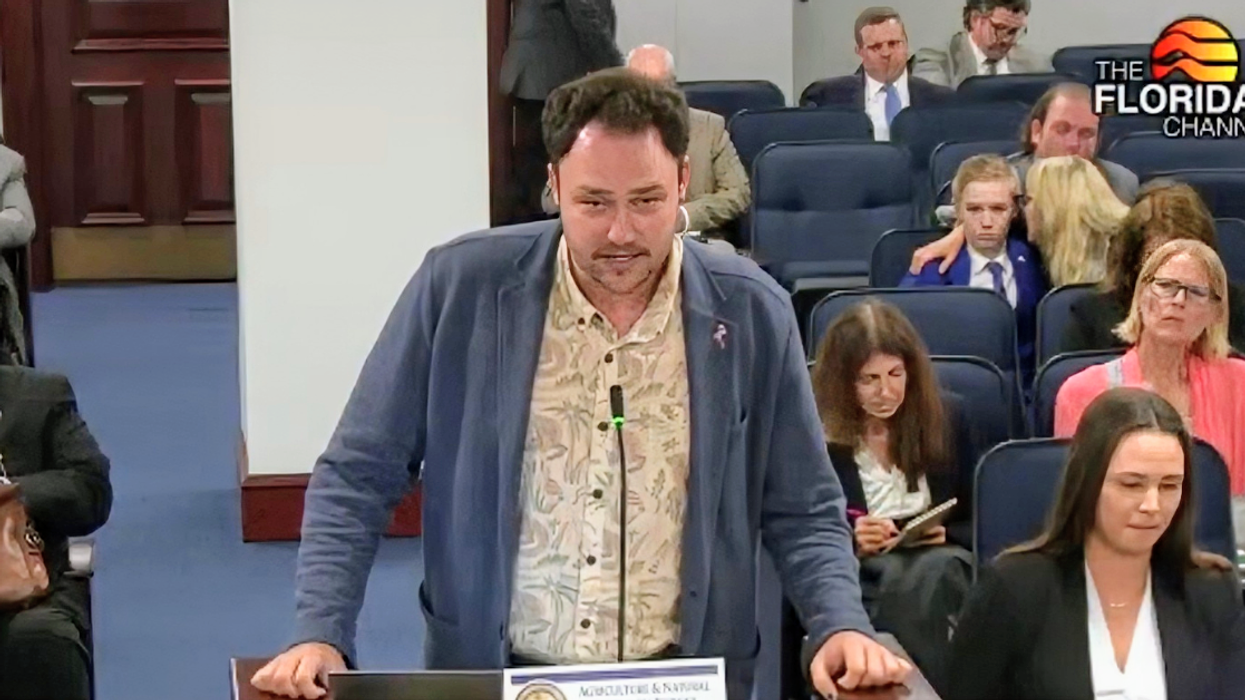
 Now This Impact/YouTube
Now This Impact/YouTube Now This Impact/YouTube
Now This Impact/YouTube Now This Impact/YouTube
Now This Impact/YouTube Now This Impact/YouTube
Now This Impact/YouTube Now This Impact/YouTube
Now This Impact/YouTube Now This Impact/YouTube
Now This Impact/YouTube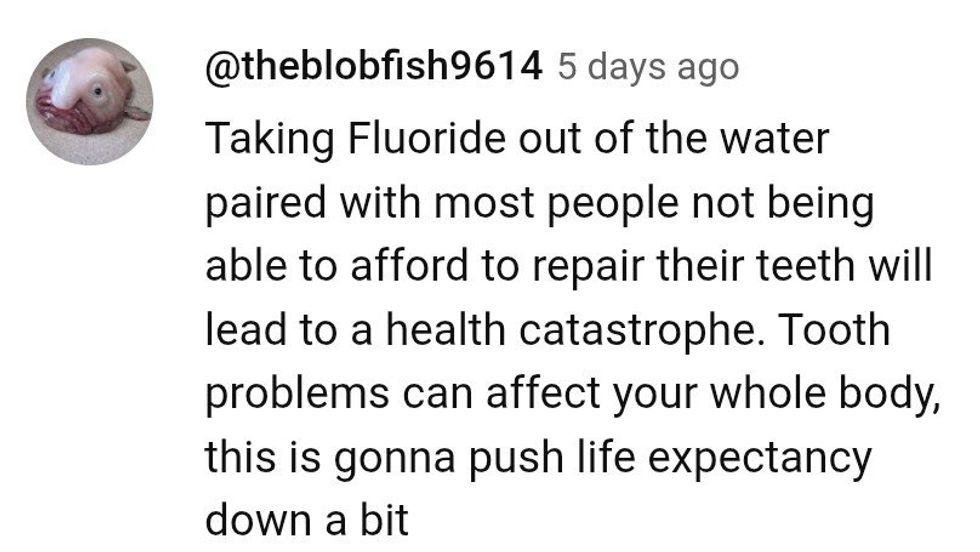 Now This Impact/YouTube
Now This Impact/YouTube Now This Impact/YouTube
Now This Impact/YouTube Now This Impact/YouTube
Now This Impact/YouTube Now This Impact/YouTube
Now This Impact/YouTube Now This Impact/YouTube
Now This Impact/YouTube Now This Impact/YouTube
Now This Impact/YouTube Now This Impact/YouTube
Now This Impact/YouTube Now This Impact/YouTube
Now This Impact/YouTube Now This Impact/YouTube
Now This Impact/YouTube @flforallvote/Instagram
@flforallvote/Instagram
